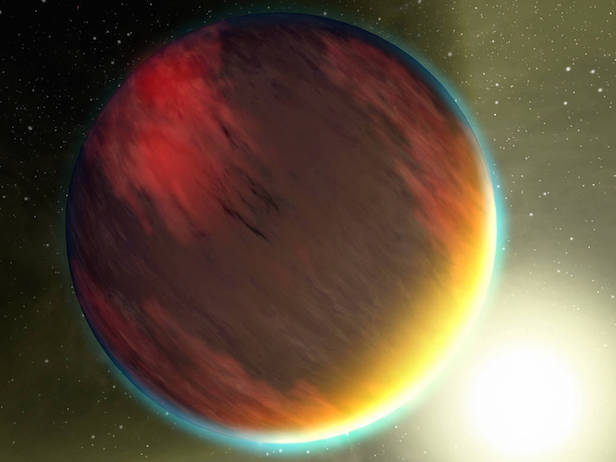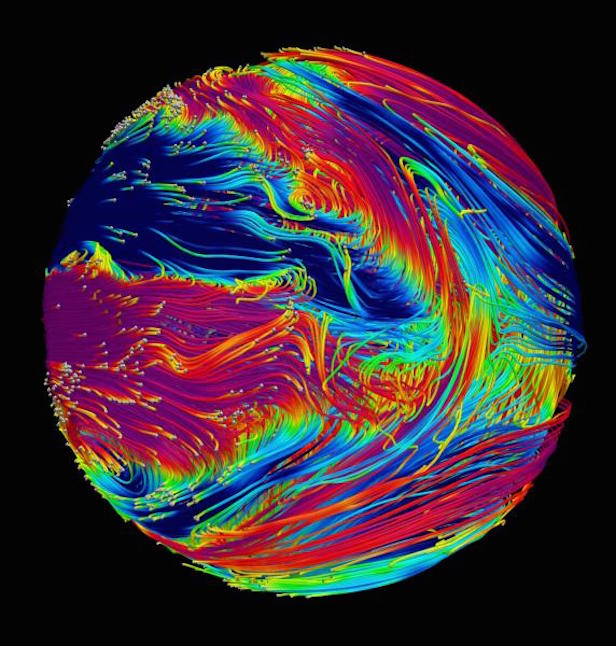Rapidly changing winds reveal secrets of hot giant exoplanet
The winds on HAT-P-7b are changing significantly, helping us to understand the magnetic fields of heated gas planets

This is an artist impression of Kepler’s first ‘hot Jupiters’ discovered, the first of many. Image Credit: NASA/JPL-Caltech/T. Pyle (SSC)
Scientists from the Planetary Science Institute (PSI) have observed extreme wind variability on the hot super-Jupiter exoplanet, HAT-P-7b. The only explanation for this is the magnetism of the planet is affecting the winds, and by measuring the magnetic field strength, we can understand and constrain the magnetism for such an object.
In 2008, NASA’s Kepler Mission discovered the exoplanet HAT-P-7b, which lies over 1000 light years away. The planet is larger than any planet within our Solar System, as it is nearly 40 per cent larger than Jupiter and nearly 80 per cent more massive. It was originally discovered that not only does it have such a massive size, but also it lies extremely close to its parent star at 0.04 Astronomical Units (where one Astronomical Unit is the distance between the Sun and Earth). This close distance intensifies the daytime surface temperature to 2,200 degrees Kelvin (3,500 degrees Fahrenheit), while on the other side the nighttime temperature is a relatively freezing 1,000 degrees Kelvin (1,340 degrees Fahrenheit).
The massive difference in temperatures causes a heavy wind around the planet, moving eastward across the planet. So as astronomers pinpointed the ‘hot spot’ on the planet, they expected the hotspot to be set slightly east of the substellar point due to the wind. However this was not observed on HAT-P-7b, when in fact there is a constant variation of the hot spot location, with it even popping up on the westward side.

This image shows the magnetic field lines of a modeled HAT-P-7b. Being colour-coded, magenta represents positive-directed field and blue represents negative-directed field. Image Credit: PSI
So with a dilemma like this, Tamara M. Rogers, Senior Scientist of the PSI, and her team constructed computer simulations of how this can occur, and the only explanation for this is that the magnetic field is interfering with the atmosphere; affecting the winds. “The extreme temperatures of HAT-P-7b ionises alkali metals such as lithium, sodium, and potassium, which results in the coupling of the atmosphere to a deep-seated magnetic field,” explains Rogers. “Magnetic forces are able to then disrupt the strong eastward winds, leading to variable and even oppositely directed winds”.
Much like the iron fillings are moved by a magnet, the atmosphere of HAT-P-7b seems to be moved by it’s own magnetic field. So by conducting magnetohydrodynamic (MHD) models and comparing them to our observations, we can further our knowledge of magnetic fields on hot giant exoplanets. As Rogers says, “This will provide new insights into dynamo theory, planetary evolution and interpretations of star–planet magnetic interactions.”
Keep up to date with the latest space news in All About Space – available every month for just £4.99. Alternatively you can subscribe here for a fraction of the price!




